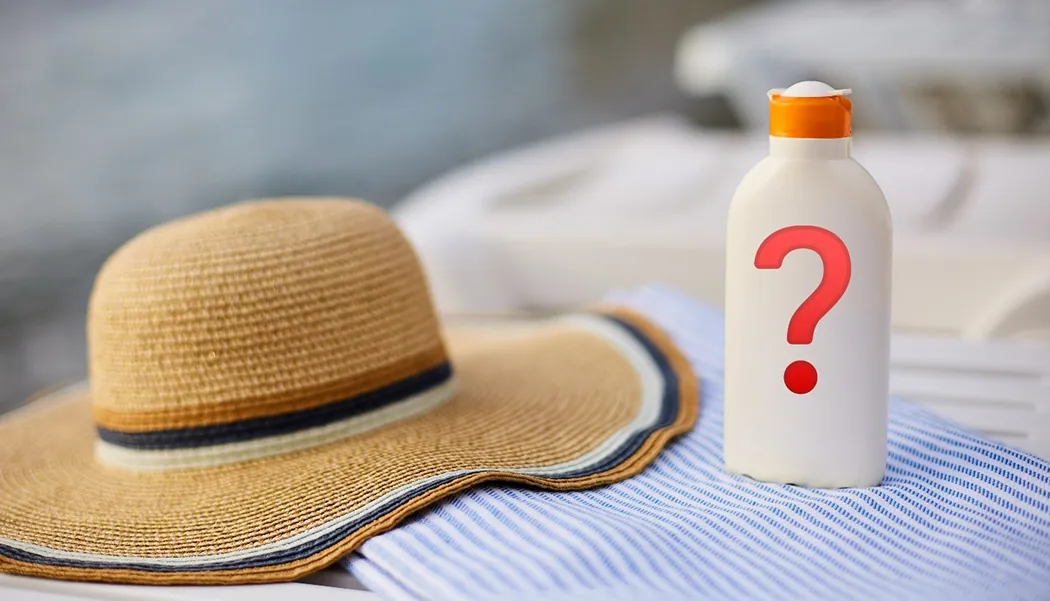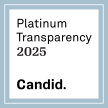Is Sunscreen Safe?

Sunscreen has been the poster child for melanoma prevention since the mid-1900s. Since discovering the relationship between sun exposure and melanoma, medical professionals have strongly advised the public to apply a broad-spectrum sunscreen whenever skin is exposed. In fact, when asked how to most effectively prevent cancer, a large majority of the general public will reply either to cease tobacco use or to use sunscreen. However, in recent news, the safety of the ingredients within sunscreen has been put under the microscope. This leaves many Americans asking the question: Does the sunscreen itself pose a cancer risk?
In recognition of Skin Cancer Awareness Month and with summer around the corner, now is a great opportunity to review the facts.
Sunscreen is SAFE
According to the American Academy of American Dermatology (AAD), along with other medical professionals, sunscreen is safe to use and strongly recommended.
The AAD explains that the U.S. Food and Drug Administration (FDA) has recently proposed a new rule asking for more information about certain ingredients in sunscreen. Proposing a rule is the first step in any regulatory process. These ingredients have been used in sunscreen since the 1970s and a review is prudent, considering the years which have passed.
The AAD and the FDA have been very clear and transparent that the products are safe and that the public should continue using as recommended. The main goal of the recent proposal is to gather more data on the ingredients as no further data collection has been done in nearly 50 years. The FDA wants to explore to what extent the ingredients are being absorbed into the skin and if there are any effects from absorption.
Misleading Research Leads to Concern
Upon announcing the new rule proposal, the general public grew concerned. Most of the concern seems to have generated from the misunderstanding of what a new rule proposal meant. As the FDA announced intentions to review certain ingredients, it was assumed that these ingredients were potentially harmful. However, the FDA protocol would not allow harmful ingredients to remain on shelves. If the ingredients had the potential to cause harm, any sunscreen containing such ingredients would be recalled immediately.
Nonetheless, those that took to online research upon hearing the proposal were exposed to a wide range of findings. Some of these studies identified oxybenzone exposure to be highest in people who reported using sunscreen. However, this is not a surprising result, as oxybenzone is an agent in sunscreen that absorbs, and therefore protects against, UV rays. Such a statement is similar to the fact that individuals who consume salt have higher traces of sodium chloride in their bodies than those who do not consume salt.
Other studies wanted to further examine the possible effects of oxybenzone. One study that had gained attention suggested a possible association between the organic compound and testosterone levels. It suggested that adolescent boys that used sunscreen and were exposed to oxybenzone had lower testosterone levels. Fortunately, the authors were transparent about their limiting cross-sectional research design. The results were drawn from a single-day snapshot. Such a design is not strong enough to conclude any association. Upon reading the results from this study, many other medical professionals expressed need for more sensitive and well-designed research before accepting these findings. The American Chemical Society (ACS) states that oxybenzone is, and always has been, considered safe for human use.
Still Skeptical? Here are Other Ways to Protect Your Skin
While the FDA, AAD, ACS and other medical professionals assure Americans that sunscreen is safe to use, some people may still remain cautious. While sunscreen continues to be the best way to protect against melanoma, there are other recommended ways to also protect against the sun’s damaging rays.
- Stay out of the sunlight. Avoid being in direct sunlight, especially between 10:00 AM and 5:00 PM, when the rays strongest.
- Take note of the UV Index. Weather reports often include the UV index. This is a scale that measures how damaging the rays are on a particular day. If the index is 8 or above, for example, risk of harm from unprotected sun exposure is considered “very high.”
- Be aware of surroundings. Sand, water and snow reflect the sun’s damaging rays onto the skin. These elements will increase the likeliness of getting sunburnt.
- Cover exposed skin. With or without sunscreen, it is a good idea to wear long sleeves, long pants, sunglasses and/or sunglasses. The extra coverage will protect the skin.
- Check your medication. Some medications have side effects that make individuals more sensitive to the sun.
- Avoid recreational sunbathing. There is no such thing as a “healthy tan,” no matter how good it might look. Avoid unprotected exposure, tanning beds and sun lamps.
Sign-up to Stay Informed About Cancer Research Breakthroughs with NFCR!
References:
- https://www.acs.org/content/acs/en/molecule-of-the-week/archive/o/oxybenzone.html
- https://www.cancer.net/navigating-cancer-care/prevention-and-healthy-living/protecting-your-skin-sun
- https://www.ewg.org/sunscreen/report/the-trouble-with-sunscreen-chemicals/
- https://jamanetwork.com/journals/jamadermatology/fullarticle/1105240
- https://www.ncbi.nlm.nih.gov/pubmed/16869867
- https://www.ncbi.nlm.nih.gov/pubmed/27383665
- https://www.researchgate.net/publication/42768818_The_long_way_towards_the_ideal_sunscreen_-_Where_we_stand_and_what_still_needs_to_be_done













